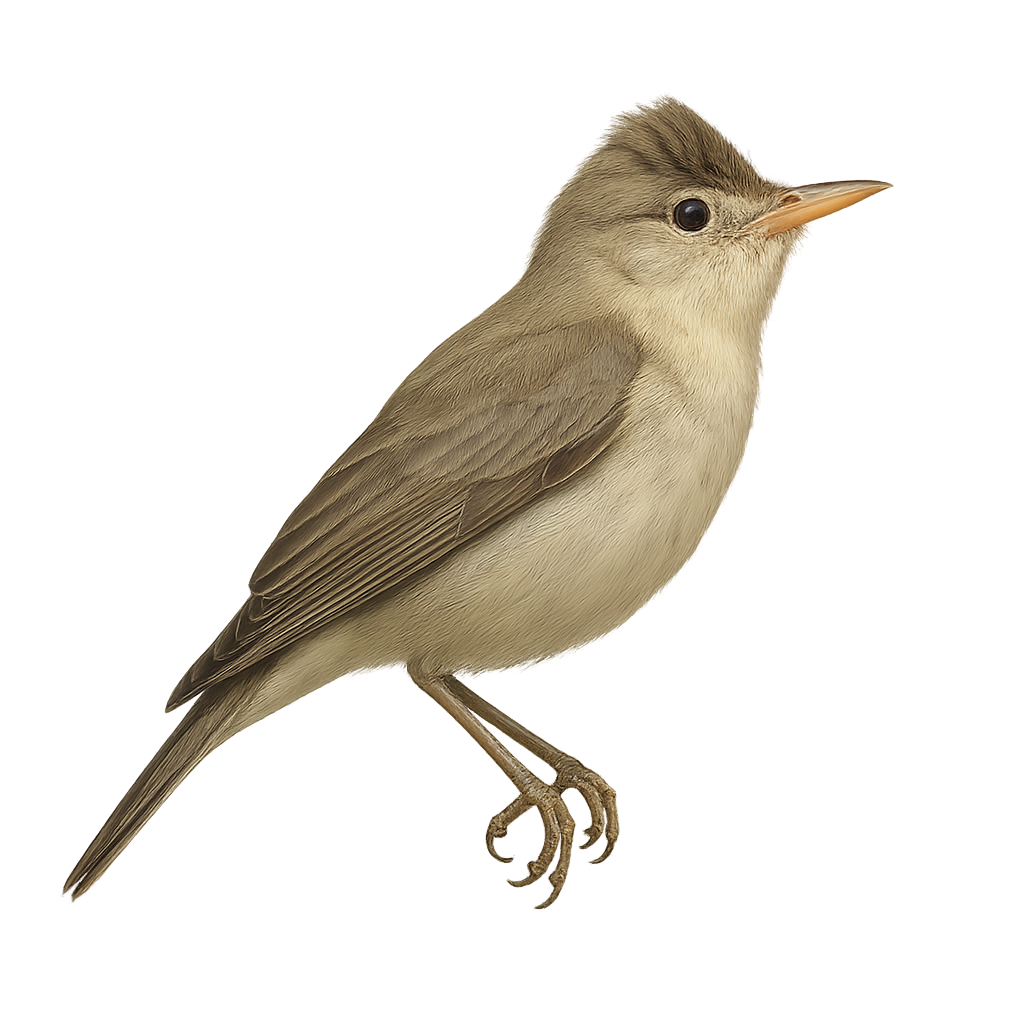Your wildlife photography guide.
Explore the icterine warbler in detail, study its behavior, prepare your shots.
Where to observe and photograph the icterine warbler in the wild
Learn where and when to spot the icterine warbler in the wild, how to identify the species based on distinctive features, and what natural environments it inhabits. The WildlifePhotographer app offers tailored photography tips that reflect the icterine warbler’s behavior, helping you capture better wildlife images. Explore the full species profile for key information including description, habitat, active periods, and approach techniques.
Icterine warbler
Scientific name: Hippolais icterina

IUCN Status: Least Concern
Family: ACROCEPHALIDAE
Group: Birds
Sensitivity to human approach: Very shy
Minimum approach distance: 20 m
Courtship display: May to June
Incubation: 11–13 jours
Hatchings: June to July
Habitat:
Open woodlands and edges with scrubby undergrowth
Activity period :
Primarily active during the day, with peak activity in the morning and late afternoon.
Identification and description:
The icterine warbler is a small migratory passerine, 11–13 cm long, with olive-green upperparts and pale yellow underparts, distinguished by a bright yellow supercilium. It inhabits open woodlands and edges, feeding mainly on insects and spiders gleaned from foliage or caught in flight. During breeding, males perform singing display flights and sing from elevated perches to attract females and defend territories.
Recommended lens:
500 mm – adjust based on distance, desired framing (portrait or habitat), and approach conditions.
Photography tips:
Position yourself near a woodland clearing or at the edge of a copse, locate singing males on elevated perches or in display flights. Shoot in early morning with a fast shutter speed to freeze flight, and use a slight downward angle to isolate the subject against the bright foliage.
The WildlifePhotographer App is coming soon!
Be the first to explore the best nature spots, track rutting seasons, log your observations, and observe more wildlife.
Already 1 432 wildlife lovers subscribed worldwide

